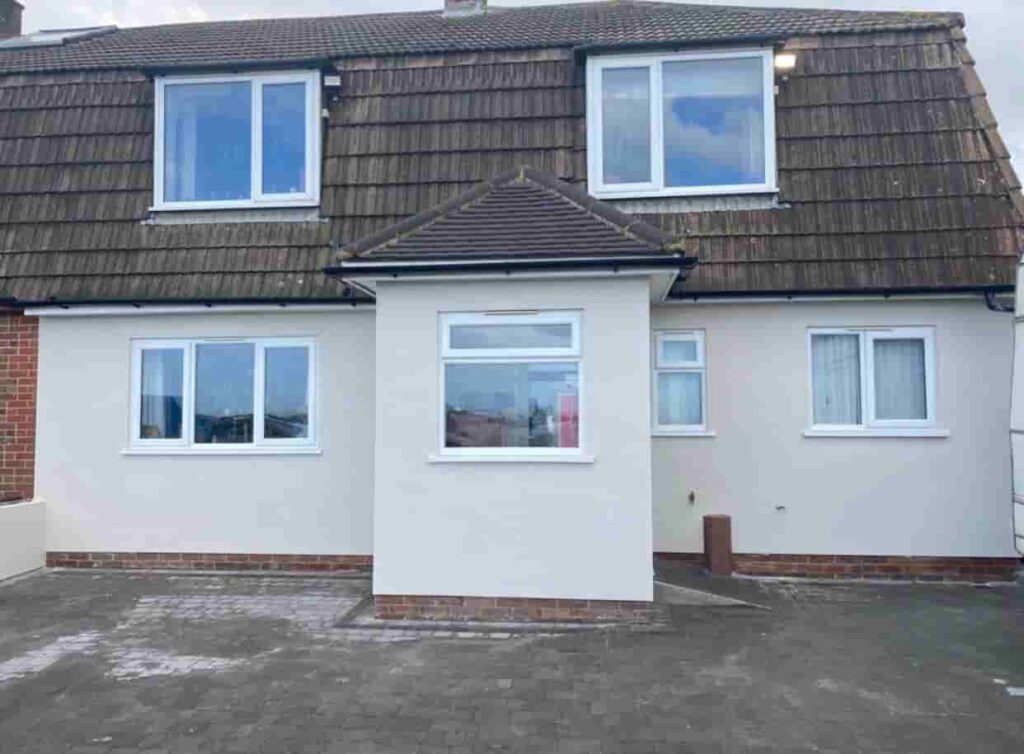Dealing with Gable Roof Pests and Wildlife Damage: Protecting Your Home
Introduction: Gable roofs are aesthetically pleasing and offer excellent functionality. However, these roof structures can become an attractive haven for pests and wildlife, leading to potential damage and structural issues. In this blog post, CGT Roofing Newport Pagnell delves into the challenges of gable roof pest infestations and wildlife damage and offers effective strategies to safeguard your home and roofing system.
Common Gable Roof Pests and Wildlife
- Birds: Sparrows, pigeons, and other birds often seek shelter in gable roof voids, creating nests that can block ventilation and cause structural damage.
- Bats: Bats are protected species, and their presence in your gable roof can pose legal and health challenges. Bat droppings can also deteriorate roofing materials.
- Squirrels: Squirrels are notorious for gnawing on roof structures and insulation, potentially causing leaks and electrical problems.
- Insects: Termites, carpenter ants, and wasps can infest gable roof wood structures, weakening supports and potentially causing collapse.
- Raccoons: Raccoons are known for tearing roofing materials in search of food and shelter, creating openings for water infiltration.
Damage Caused by Gable Roof Pests and Wildlife
- Structural Damage: Pests and wildlife can gnaw on wooden structures, beams, and insulation, compromising the integrity of your gable roof.
- Water Infiltration: Nesting materials and damage to roofing materials can lead to water leaks, rot, and mould growth.
- Energy Inefficiency: Openings created by pests can allow conditioned air to escape, increasing energy bills.
- Health Risks: Pests can carry diseases and parasites that pose health risks to occupants.
- Aesthetic Damage: Damage caused by pests and wildlife can mar the appearance of your home’s exterior and gable roof.
Effective Strategies for Dealing with Gable Roof Pests and Wildlife Damage
- Inspection: Regularly inspect your gable roof for signs of pest activity, including nests, droppings, or damage to roofing materials.
- Secure Entry Points: Seal any openings or gaps in the roof structure that may serve as entry points for pests and wildlife.
- Professional Removal: If you suspect a pest or wildlife infestation, consult a professional pest control or wildlife removal service to address the issue safely and legally.
- Preventive Measures: Install barriers, screens, or deterrents to prevent pests and wildlife from accessing your gable roof.
- Roof Repairs: Repair any damage caused by pests or wildlife promptly to prevent further issues.
- Regular Maintenance: Schedule regular roof maintenance to address potential vulnerabilities and keep your gable roof in top condition.
Conclusion: Gable roofs are susceptible to the elements and pests and wildlife looking for shelter and sustenance. Protecting your home from these intruders is essential to prevent structural damage, water infiltration, energy inefficiency, and health risks. By taking proactive steps to safeguard your gable roof, you can ensure your home’s longevity and structural integrity while enjoying peace of mind.
Call us on: 01908 030 895
Click here to find out more about CGT Roofing Newport Pagnell
Click here to complete our contact form and see how we can help with your roofing needs.

